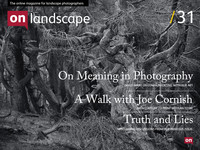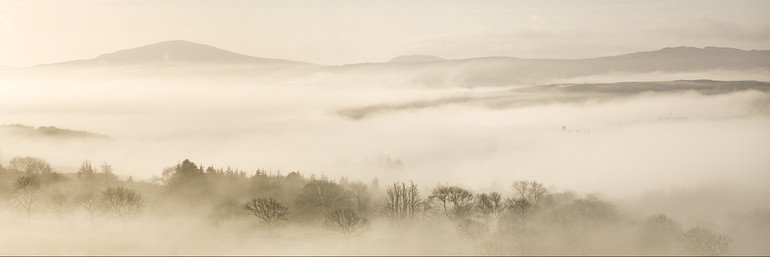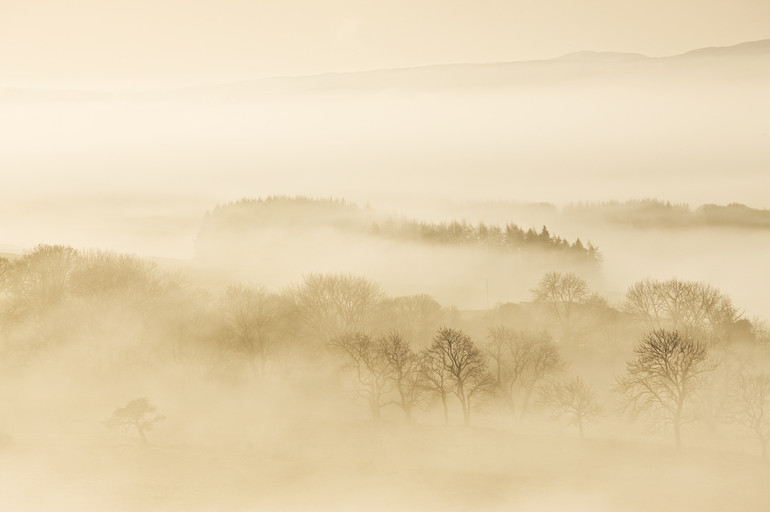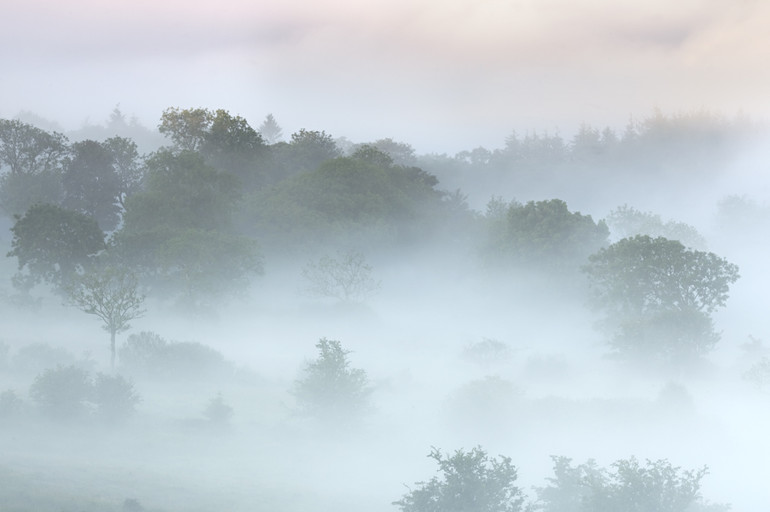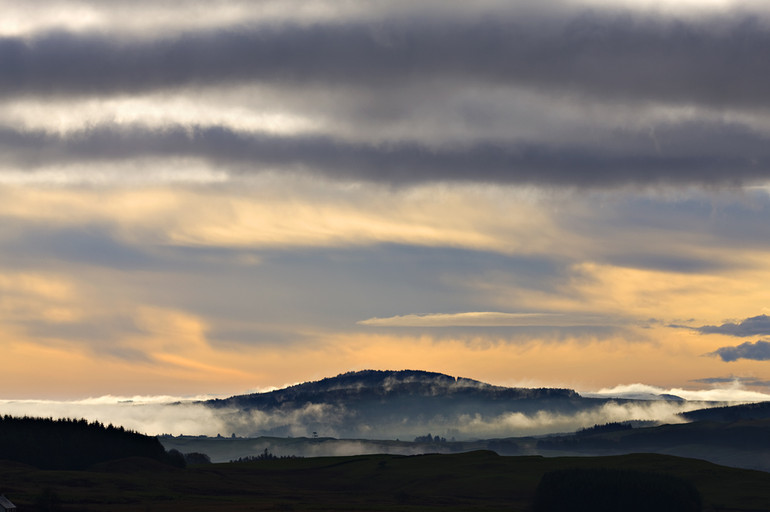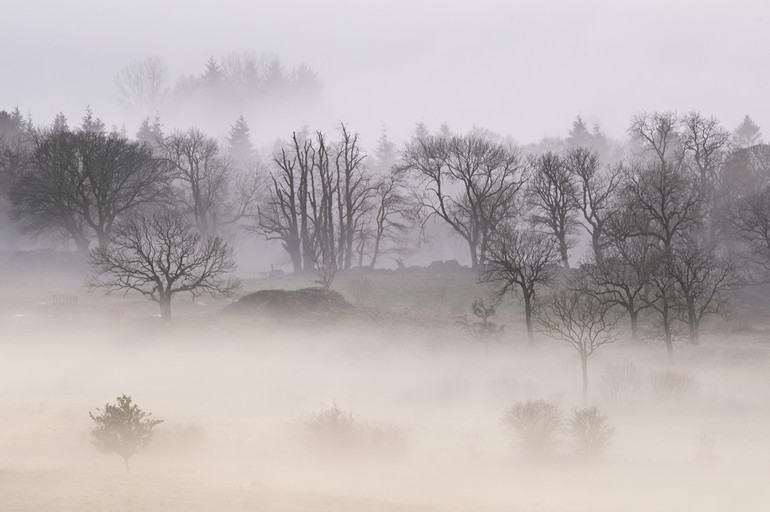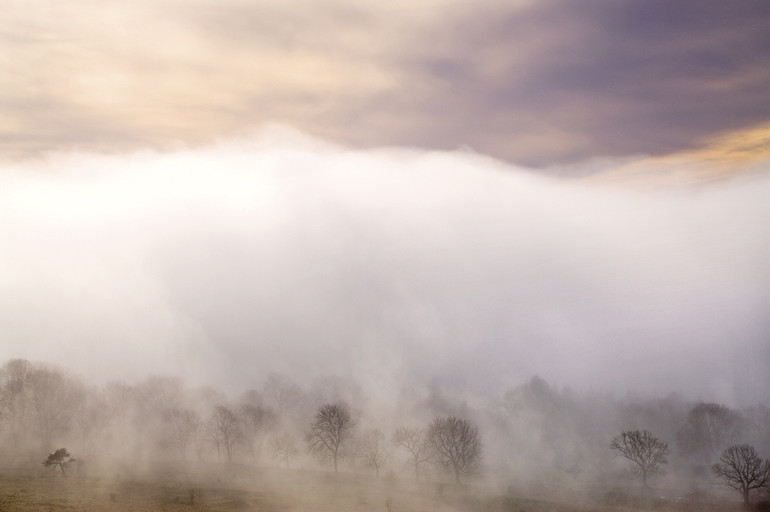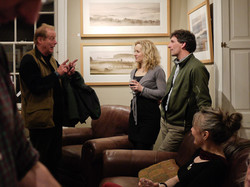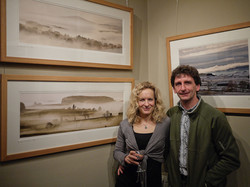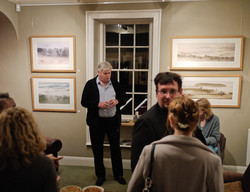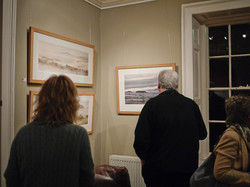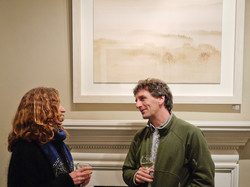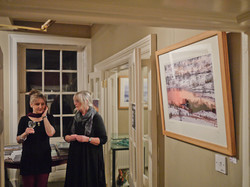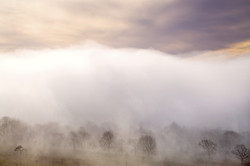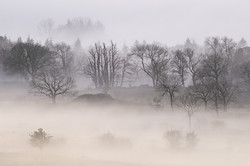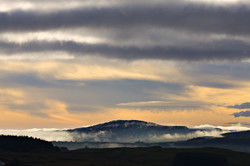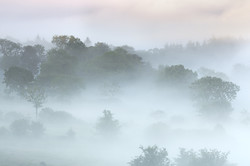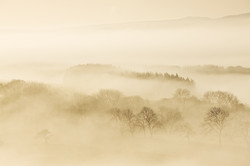Sole Mates!

Ted Leeming
From traditional landscape and the impressionist, to more recent explorations of land use, climate and biodiversity, my work centres around an evolving consideration of place that forms the ‘Zero Footprint’, low carbon concept I share with my wife and fellow photographer, Morag Paterson. More recent works include the collaborative Energise, Fantastic Forest Festival and Artful Migration residencies, Where the Wild Things Are, and an immersive ‘Commute’ - by ebike - from Scotland to Italy. Find out more about our work please visit our blog, “Wanderings of a Photographic Duo”

Morag Paterson
A sense of belonging underpins my photographic work, which varies from the wildly abstract to more literal representations of the natural world. For me, the art of photography is process-based, using the camera as a tool to express my engagement with any given location or subject.
Enjoying many camera-free hours roaming on the hillsides of the southern uplands in Scotland or the wooded slopes around our smallholding in the Alpes-Maritime helps build my mental scrapbook and incubate ideas.
As landscape photographers we are fundamentally solitary predators. Away before the dawn and skulking home long after sundown. Shying the pack culture. Lost in "the zone" of image capture meditation. It is a personal space of peace and calm I love to frequent. A place I feel I am at my best, away from intrusions and thoughts that invade much of the reality of the every day.
And indeed, when seeking to express through the lens ones thoughts and emotions of the scene before us I for one find myself horribly distracted when I feel constrained by the presence of external undesired intrusions. When out with other photographers whose style I know I have in the past found it difficult not to be influenced by their presence and have even found myself creating images that reflect their work more than my own. Time to retreat to the comfort of being alone with my thoughts and ideas. A much safer place to reside.
And there is definitively something to be said for this approach. Some of my favourite personal work has come out of these solitary excursions. To the point where I rarely consider taking my camera out if I am walking with a friend. This lesson I learned many years ago when travelling in Ireland with my brother and a camera. The "third party" on the trip did little for bon accord and at one point I was nearly left at the side of the road having apparently taken more than an hour setting up and wait for the light. My brother is a very patient man but this was the end of the line as it was my umpteenth stop to get a snap.
A decade and a half later I purchased and lived for a year in a campervan as I pursued the solitary dream concept of being alone with my camera in the wilderness. But as the weeks and months passed I realised that solitude, whilst having is place, is a lonely existence. At least it was for me. After about ten days out in the field I would rush to visit a friend or town for a modicum of civilisation. It was a very interesting time and I learnt a great deal about myself. I am sure some would survive and excel in such an environment and part of me wishes that I could but it simply wasn't the case. I love the solitude but not, obviously, over significantly extended periods.
So when I met my wife Morag a new approach to my photography materialised. As a fellow photographer we could go out into the field as individuals and yet at the same time learn from each others experiences, emotions and reactions to the moment. With digital technology we could even learn in the field, reviewing each others ideas and developing concepts as we went along. Sharing the joy of being in "the zone
" whilst out the field.
Our first "project" developing this very new way of working for me, was our Impressions series of portfolios, which we worked pretty much consistently and exclusively on for a period of some two to three years, barely taking any traditional images over that period. This Intentional Camera Movement (I avidly dislike this terminology as I think it reflects only the science of a capture method and not the emotion of the resulting image) at the time was a relatively new concept to single frame, in camera digital capture. The LCD screen allowed us to review and learn as each shoot progressed, enabling us to make step changes in our approach as we went along and examine the styles and techniques of the other which in turn we could use to influence our own images. We could instantly explore new themes and emerge from blind alleys. At some point one or other of us would take the image that reflected our combined vision at the time and that would become the statement shot for the shoot. It didn't really matter which one of us had taken the final photo as we had both played an equal role in arriving at the final shot. As such we adopted the joint signature approach for our collaborative work, which had the additional advantage of reducing marital competitiveness!
As we designed, built and subsequently moved into our new Eco-home in south west Scotland this approach continued with the commencement of the Zero Footprint portfolio. Having spent 5 years of our lives working to minimise our carbon footprint at home we felt it would be interesting to see if this could also be adopted in our work lives. With respect to any commission works we began to charge the client for "carbon dioxide free" petrol and planting native species of trees to offset the fuel use. More recently we have installed a domestic wind turbine to produce our electricity, and the digital darkroom for us is a more pleasant and environmentally friendly place to be (although there will always be a part of me that would love to dive back into that cocktail of pungent chemicals and muted lighting).
We then looked at our fine art work and decided that we could shoot a portfolio of work from the same location, allowing ourselves the luxury of any lens and shooting in any direction. Either one of us could take a photo at any time, as long as it was from the same location, the patio of our house (we are extremely fortunate that despite be a very remote location our house is blessed with a fantastic view). No travel meant no carbon emissions from the shoot.
At times we would work together and at others alone, it just depended on who was where at the time when the light shines gold (or grey or dark or bright). The project has remained collaborative and as such maintains the joint signature. With our current exhibition at the Joe Cornish Gallery we present the end of the first phase of this project, which depicts the amazing mists and fogs that permeate our valley throughout the year. These moments are rare and it has taken many hours waiting for the occasional few seconds when the tides of fog roll up and down the valley to reveal the mysteries beneath. In future phases of this ongoing lifetimes work we will explore a variety of techniques and approaches as we attempt to capture our glen in its many guises.
I still absolutely love and crave the solitude of being out there on my own and fully appreciate and admire those who adopt nothing but this approach to their work. But in collaborations with Morag, learning form every person that comes on our workshops and the odd shoot with fellow photographers in the field, I now feel as though I have a new string to my bow as I head to the hills and glens with my sole mates.

